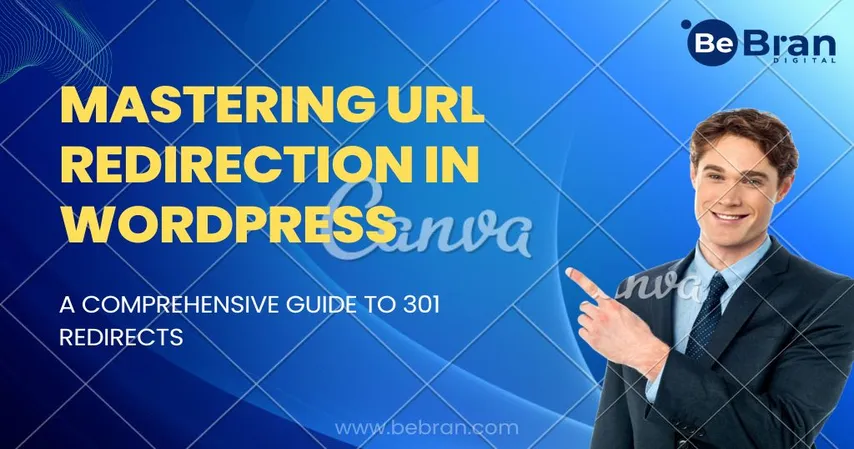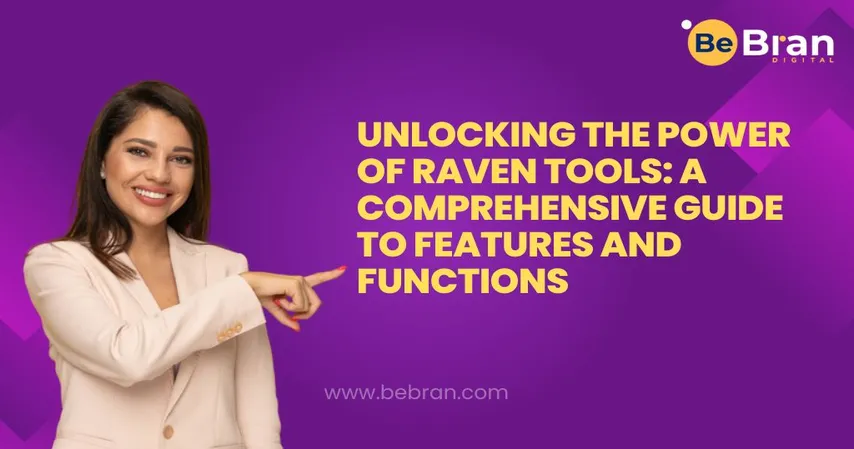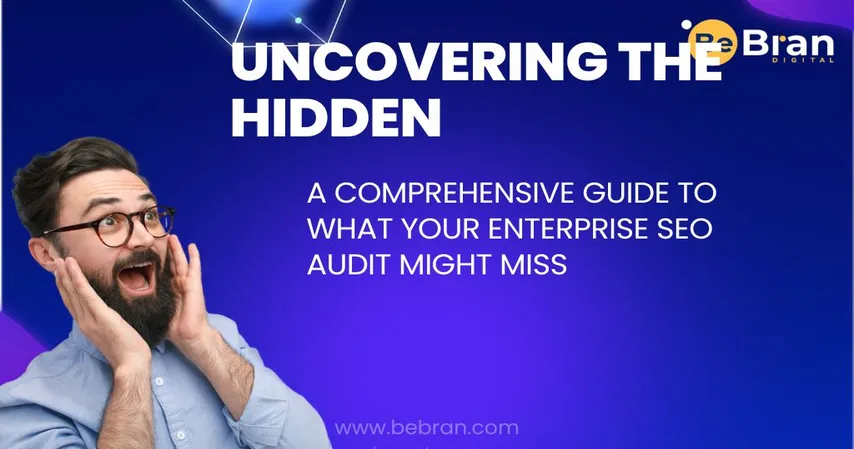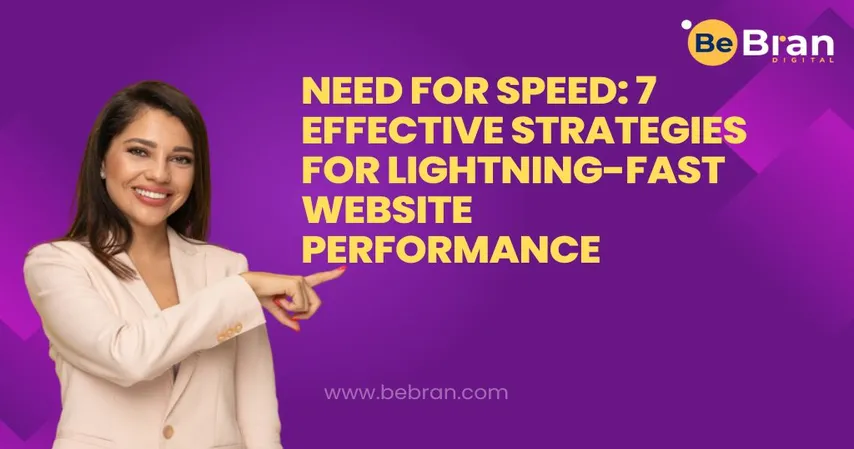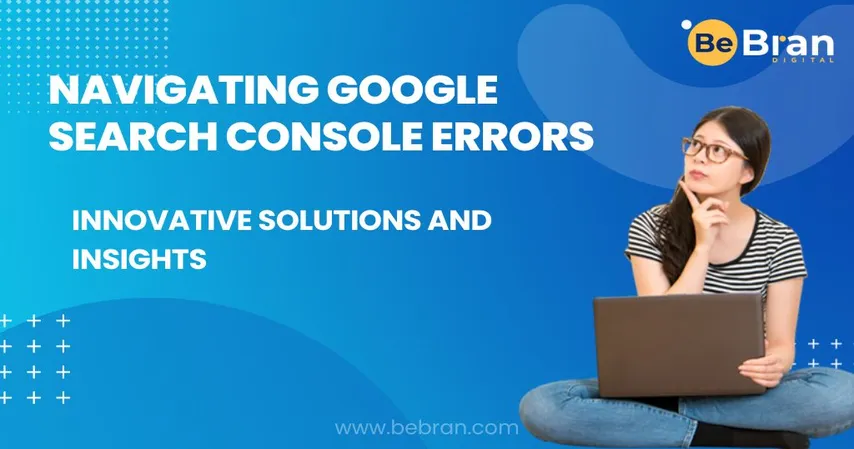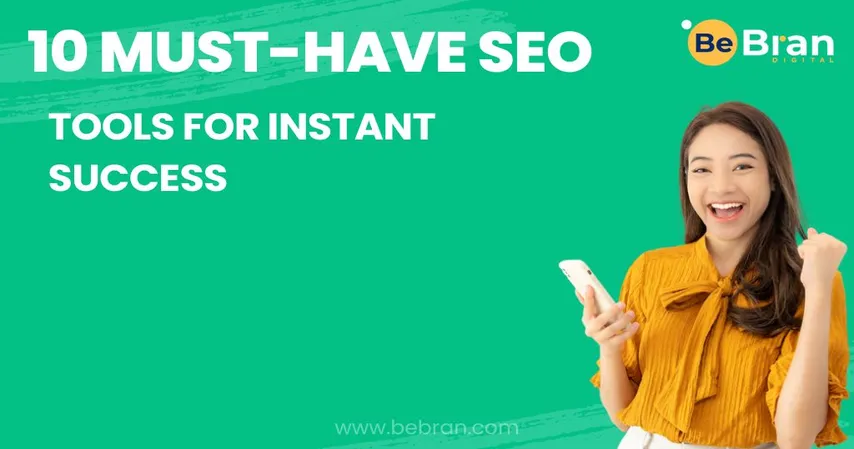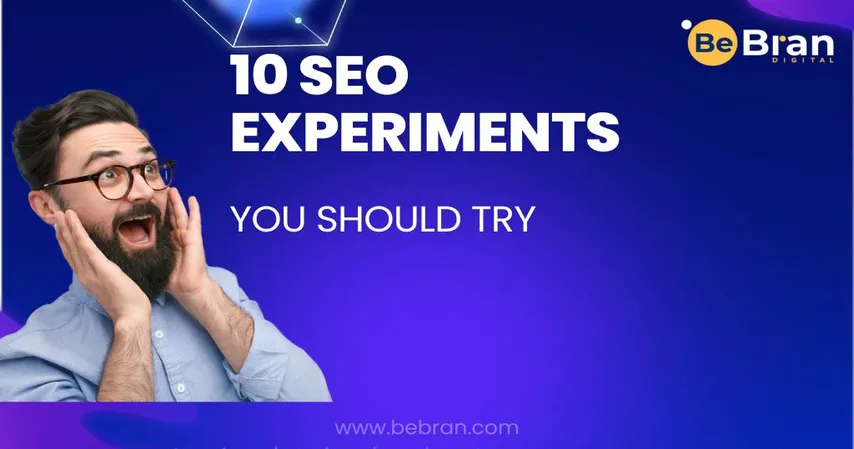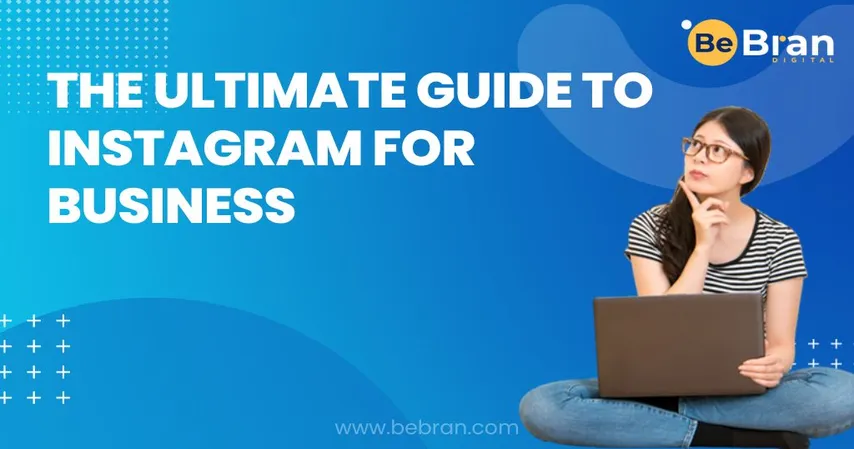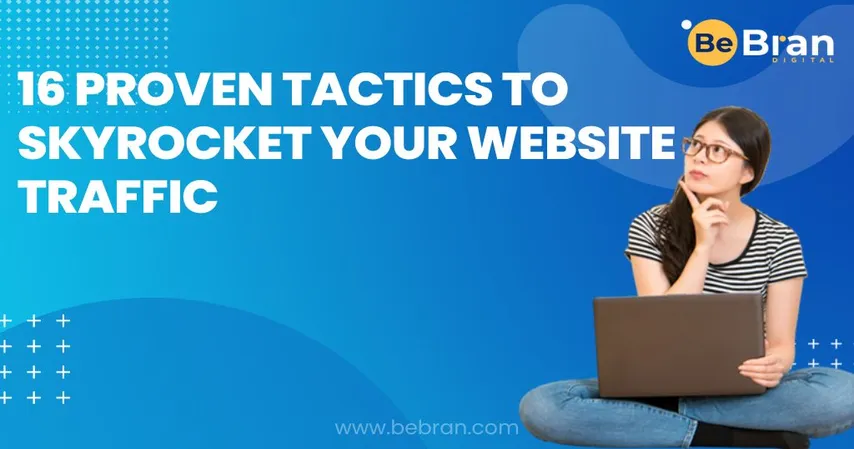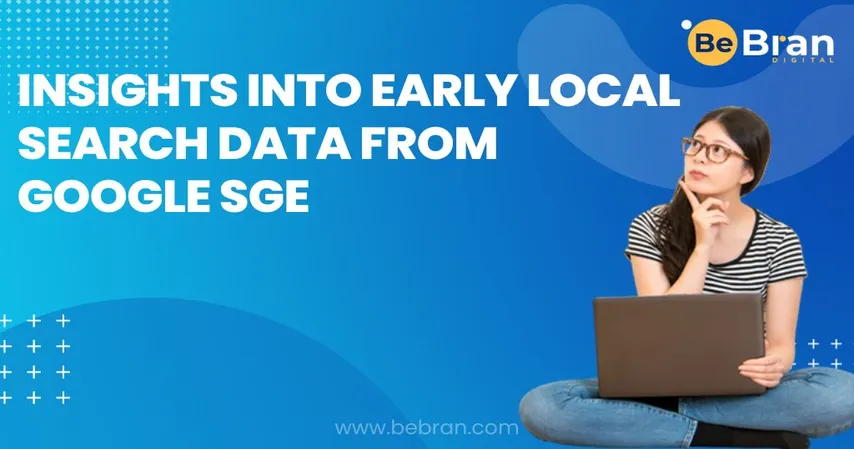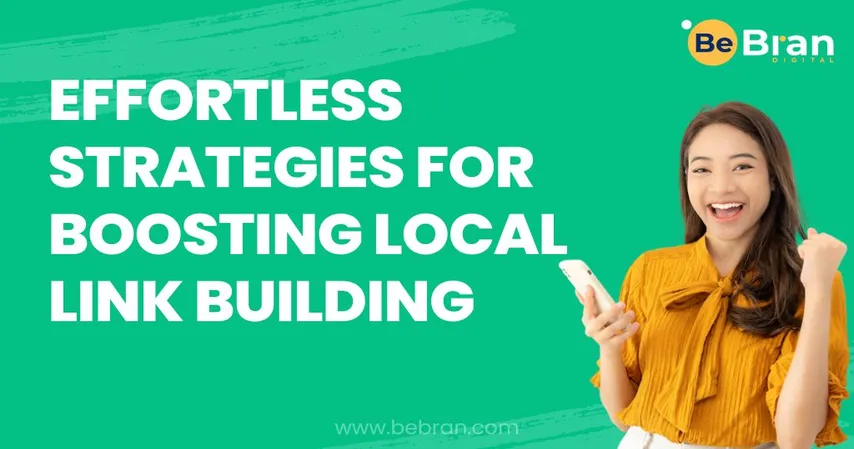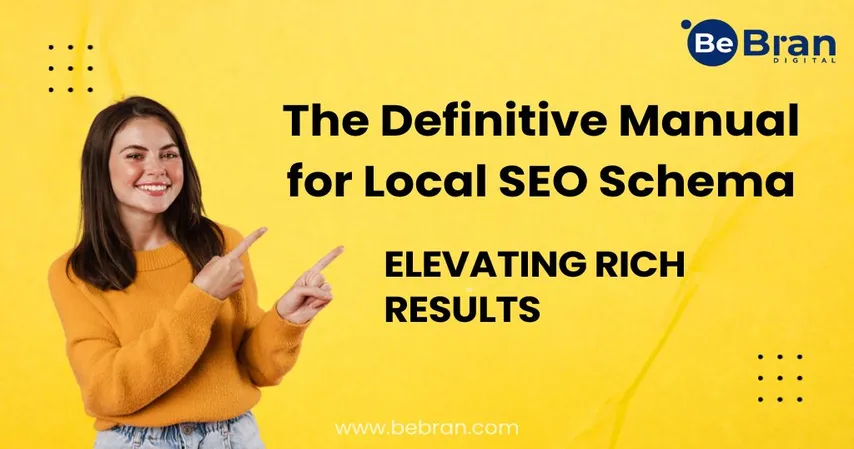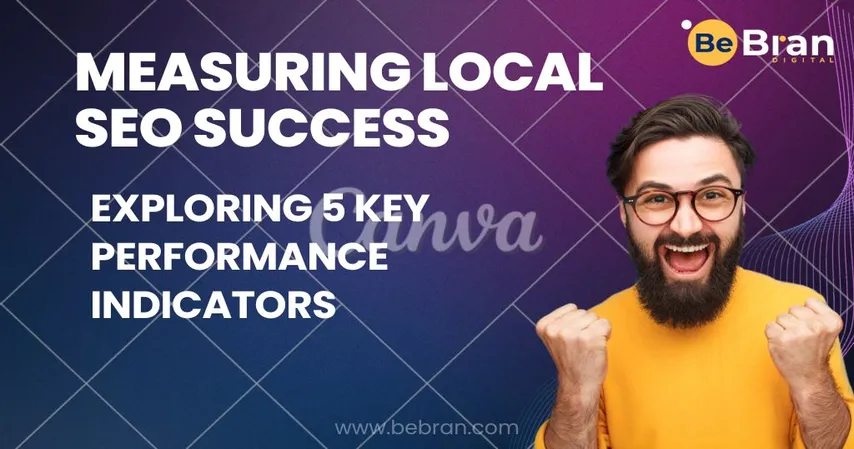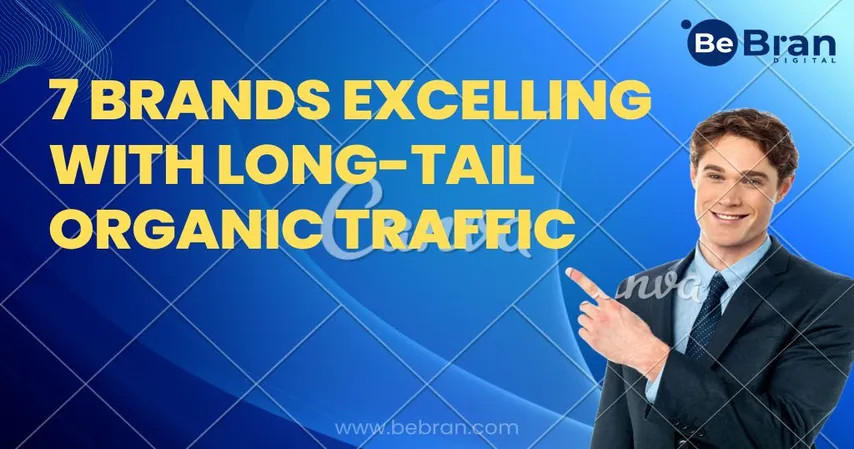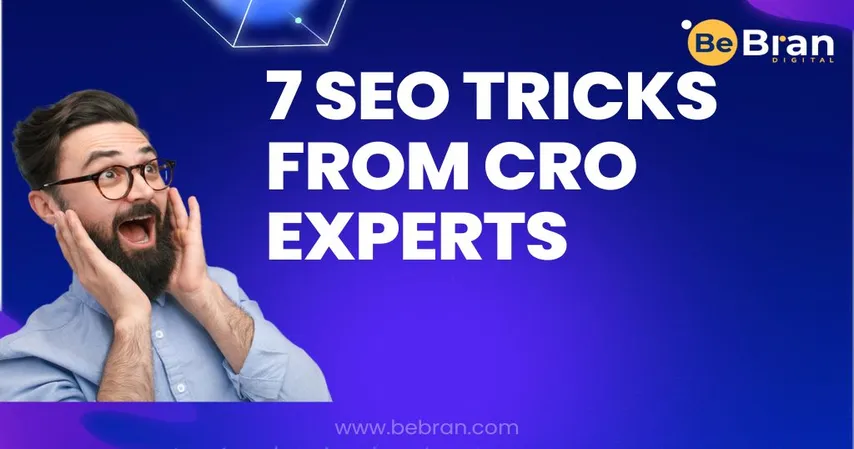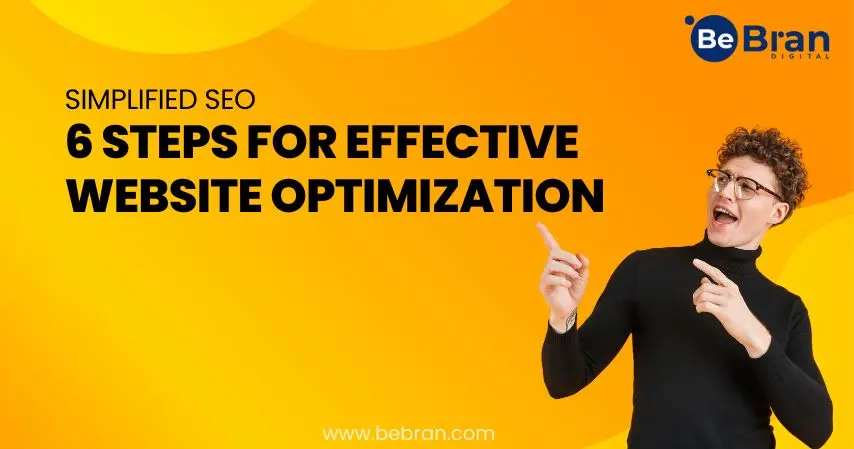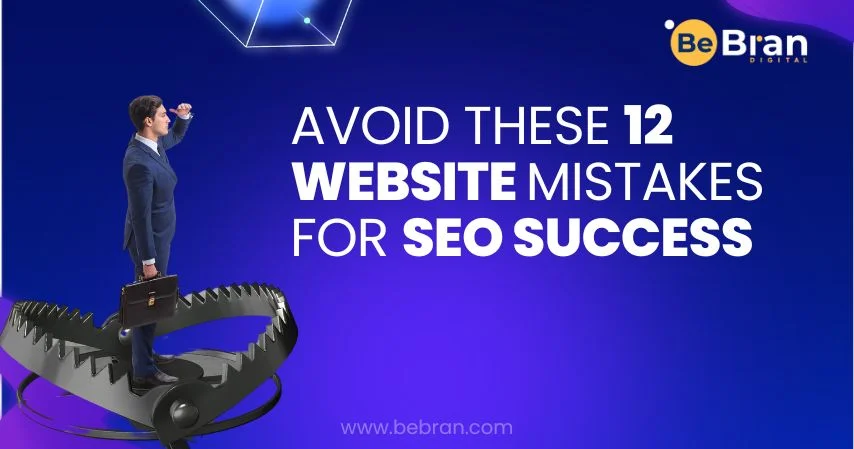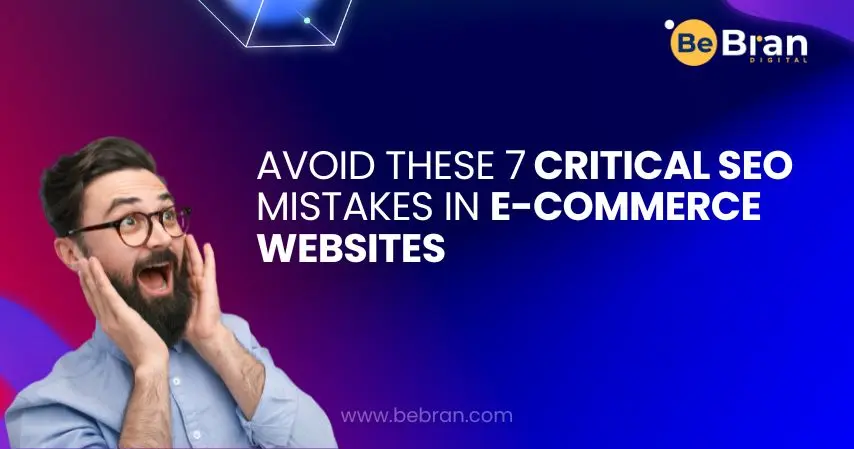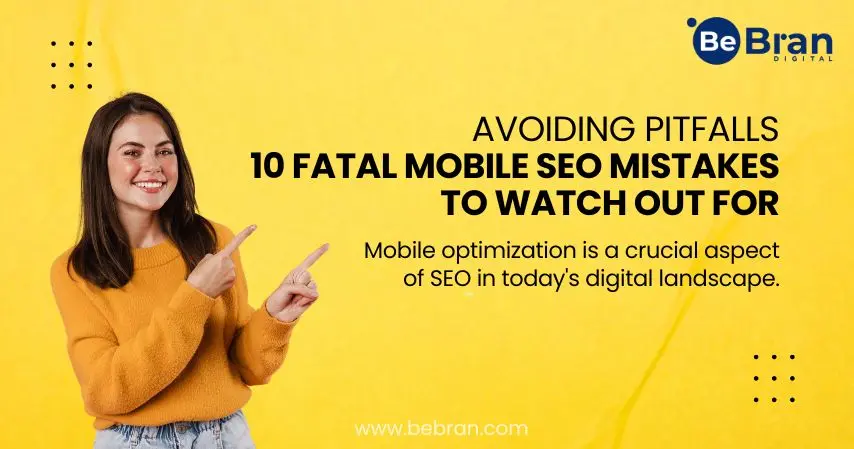While SEO specialists utilize sophisticated and costly tools to select and analyze optimal keywords, our focus here isn't on perfection but rather on helping people discover us.
Here's what you can do. If there's a term you believe individuals might use on Google specifically to find you, input it into Google yourself and observe the results.
For popular terms like "Charlotte real estate," you'll notice listings with the exact phrase in the title. They are targeting that specific keyword, and due to its competitiveness, reaching the top of the search results likely required considerable effort.
However, for less competitive phrases, the landscape is different. Type in "Hugh Patterson Realty, LLC," and none of the listings feature those keywords in the title. This indicates that no one is actively targeting those keywords.
These keywords are essentially ripe for the taking. It's probable that a few simple tweaks to your website are all you need to rank for them.
Step #1: Input your main keyword and select "Search."

Step #2: Select "Keyword Ideas" in the left sidebar.
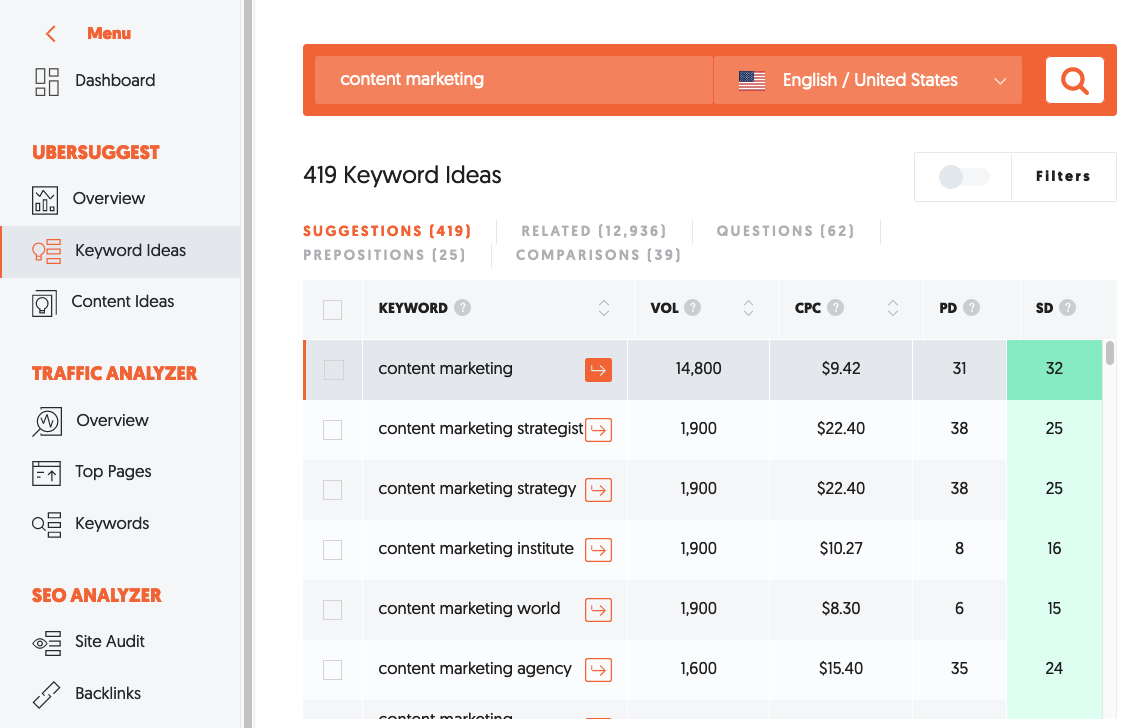
Step #3: Look for Long-Tail Keywords
While ranking at the top for the keyword phrase "content marketing" would be ideal, it's more realistic to initially concentrate on long-tail keywords.
This list contains 419 keywords, with an additional 12,000+ available by clicking the "related" tab. This provides ample options to identify valuable long-tail keywords.
In making selections, consider factors such as volume, CPC, and SD. Opt for keywords with a volume exceeding 1,000, a high CPC (indicative of better conversion rates), and a low SD (search difficulty). This approach enhances your chances of securing a page one ranking and attracting targeted visitors to your website.












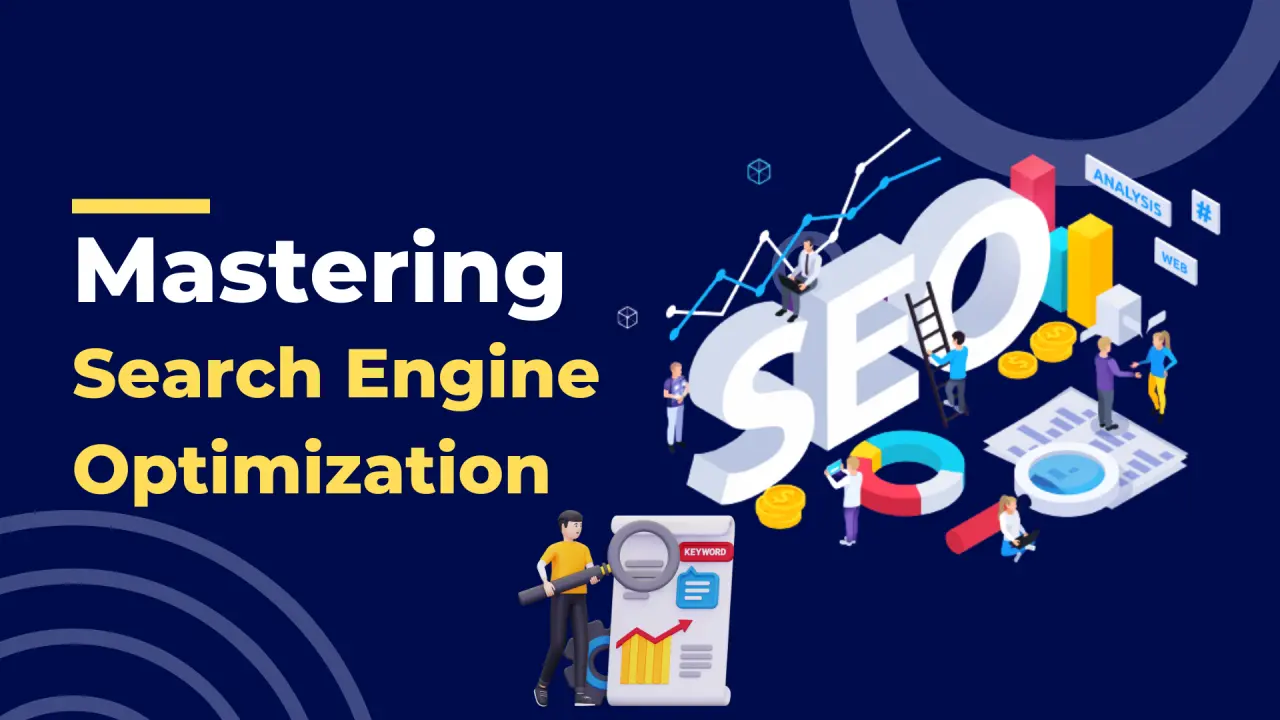





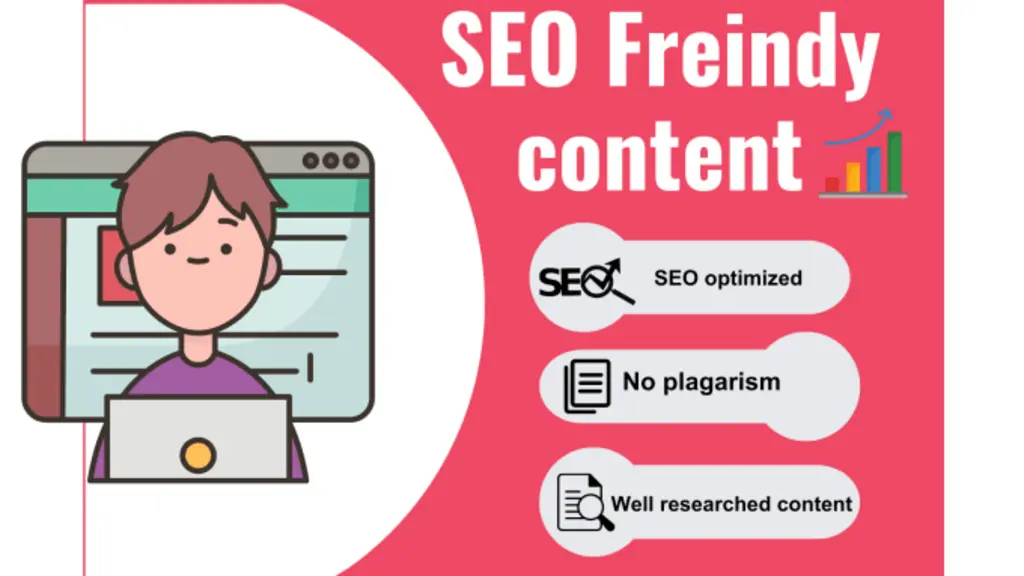

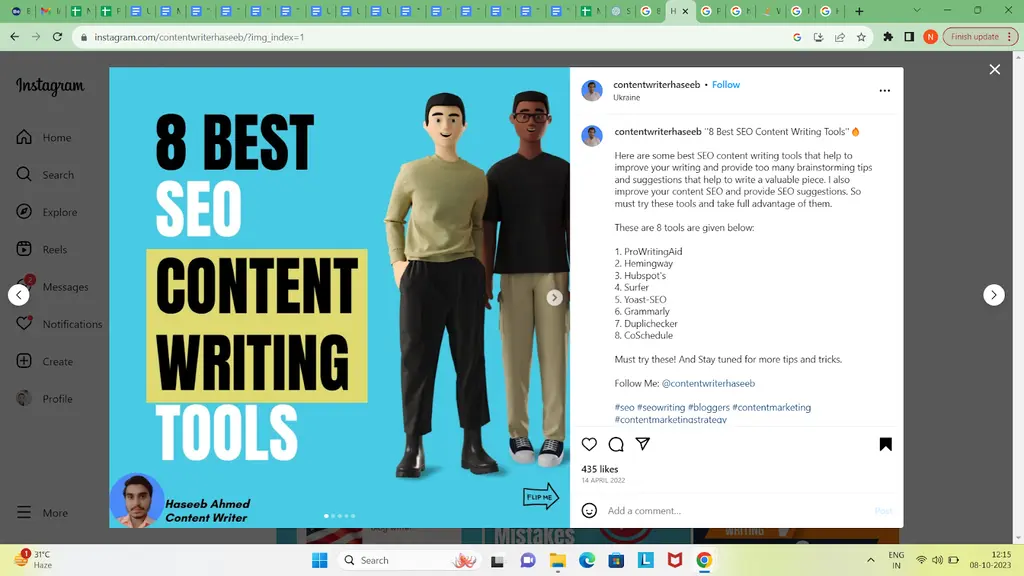



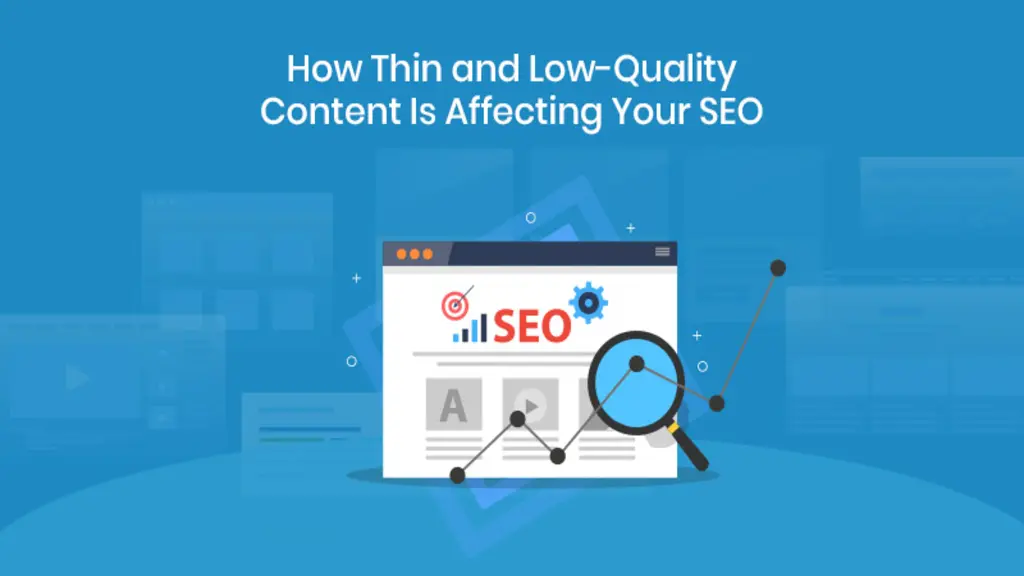





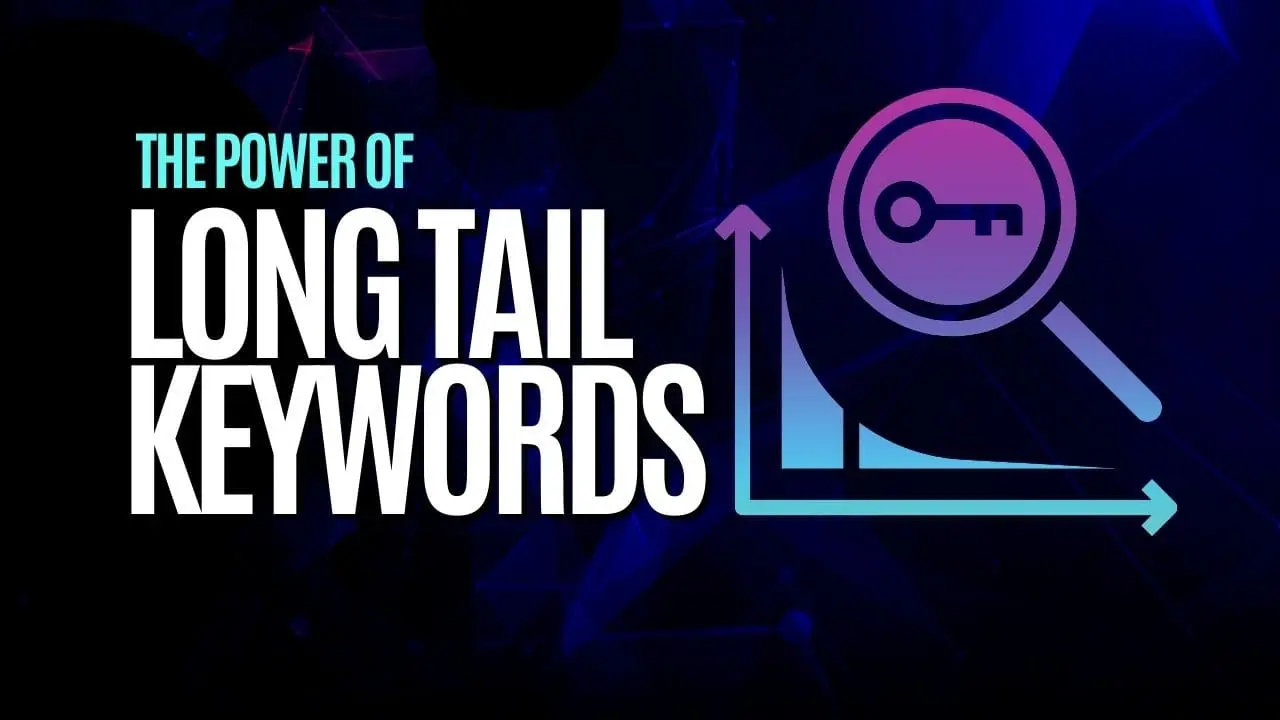






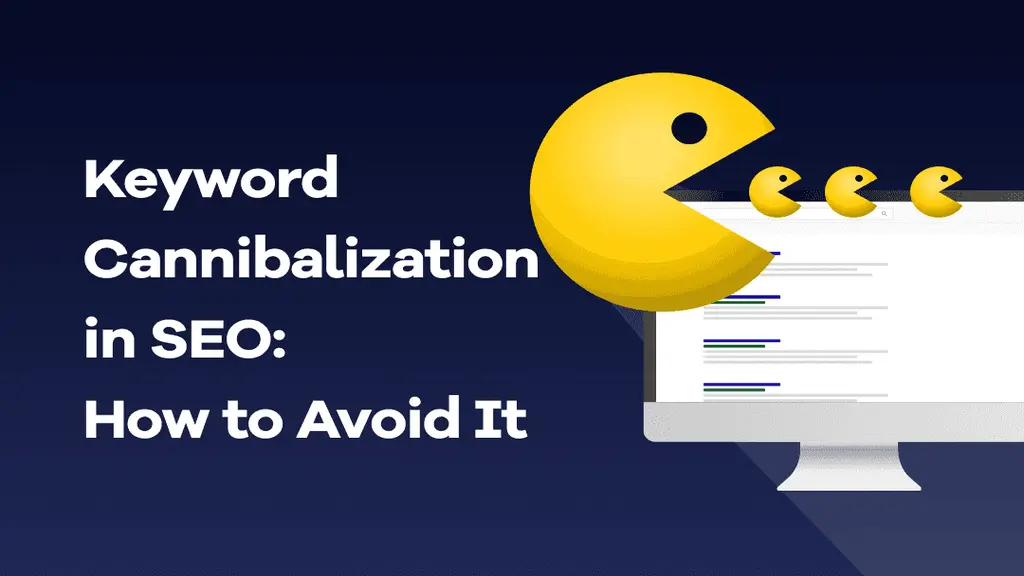

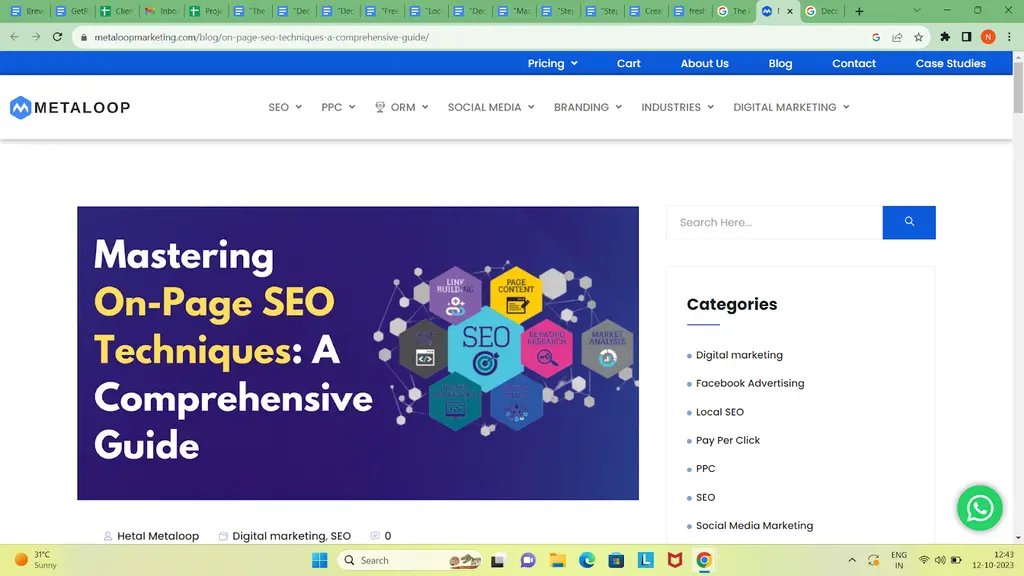

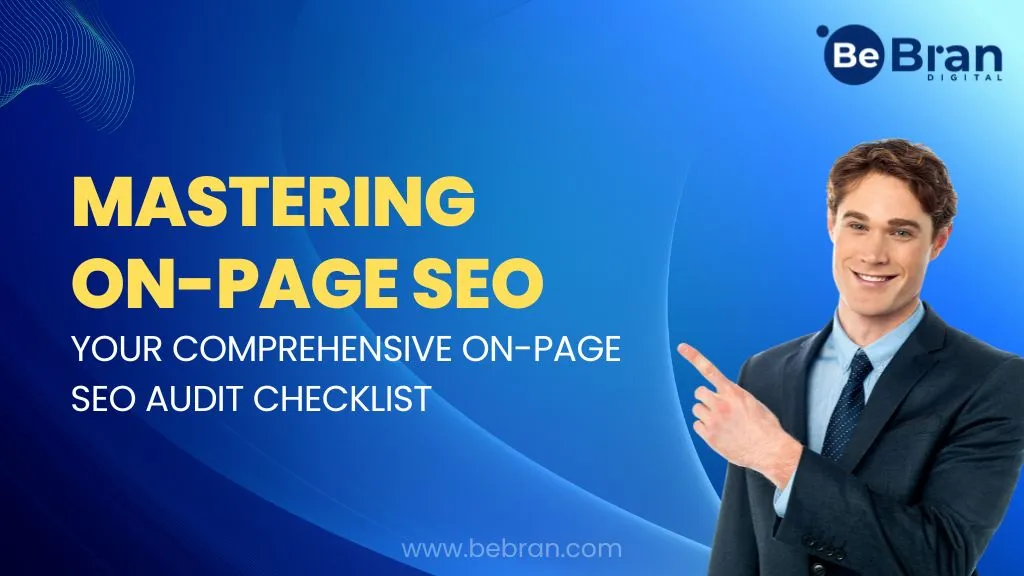

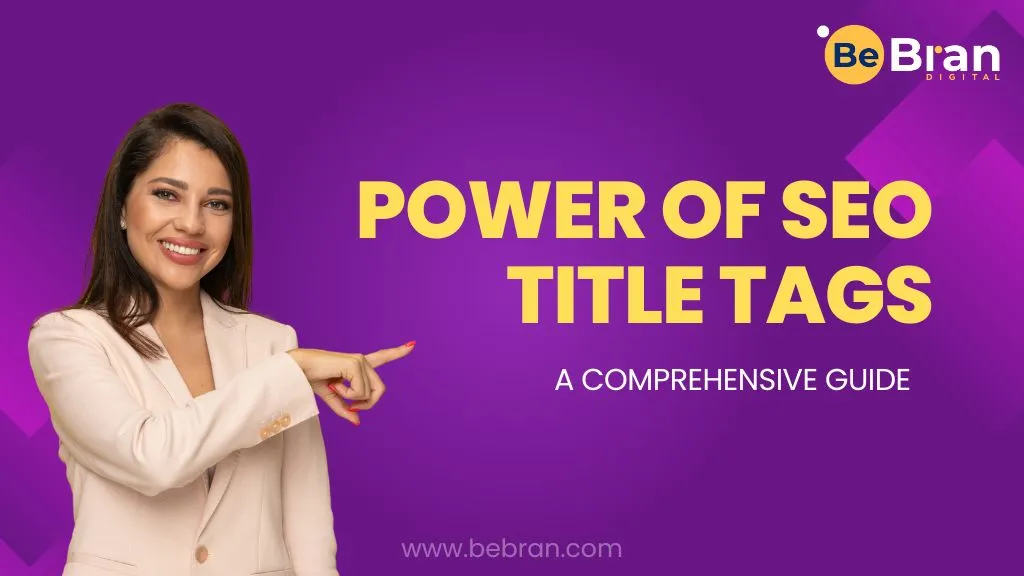

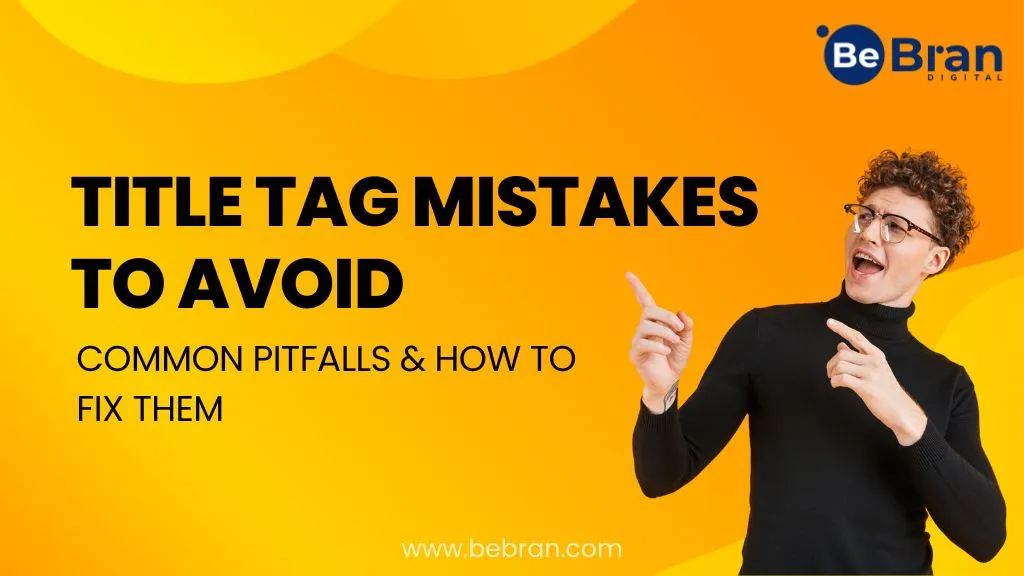




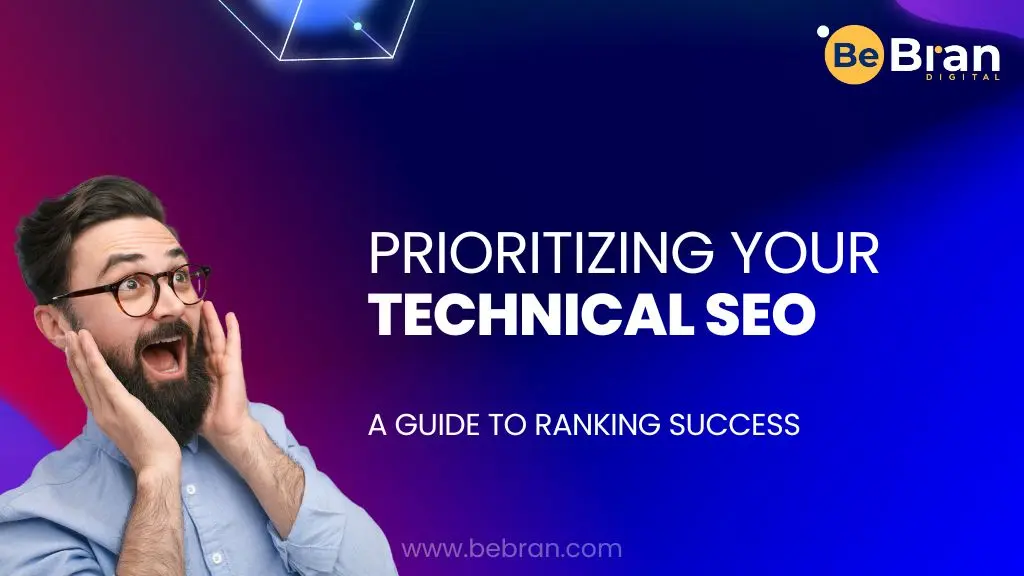

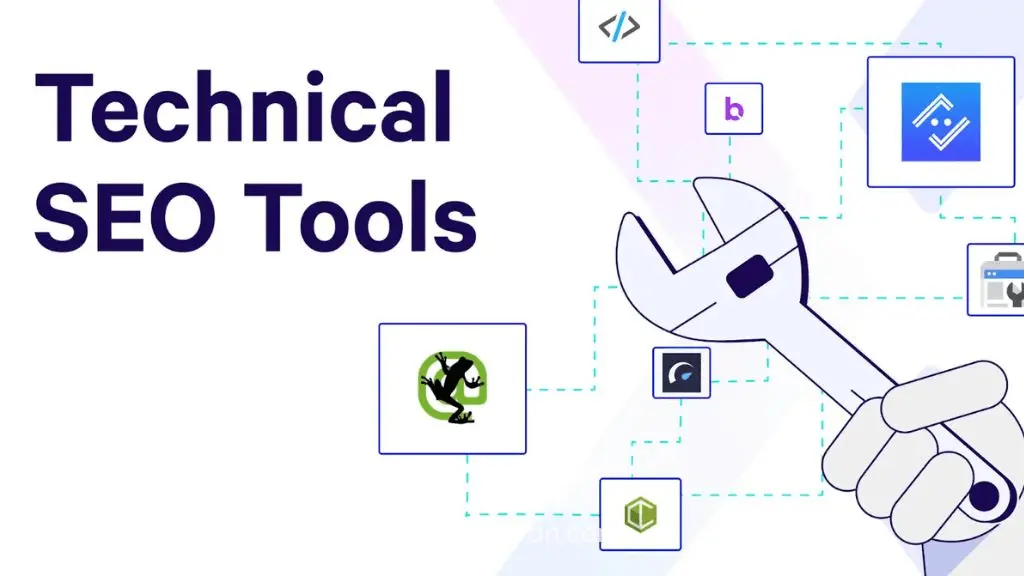

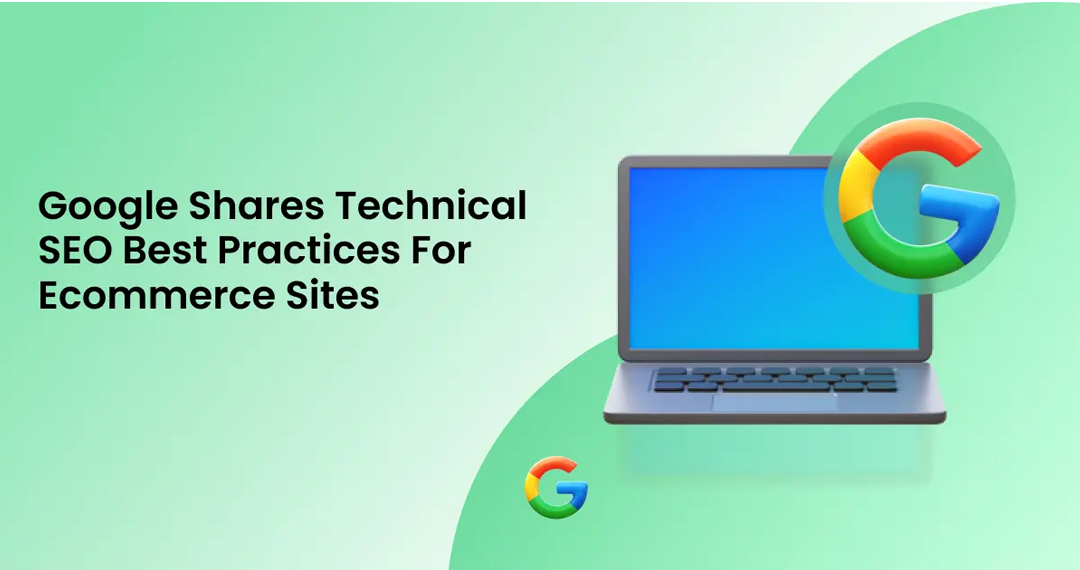

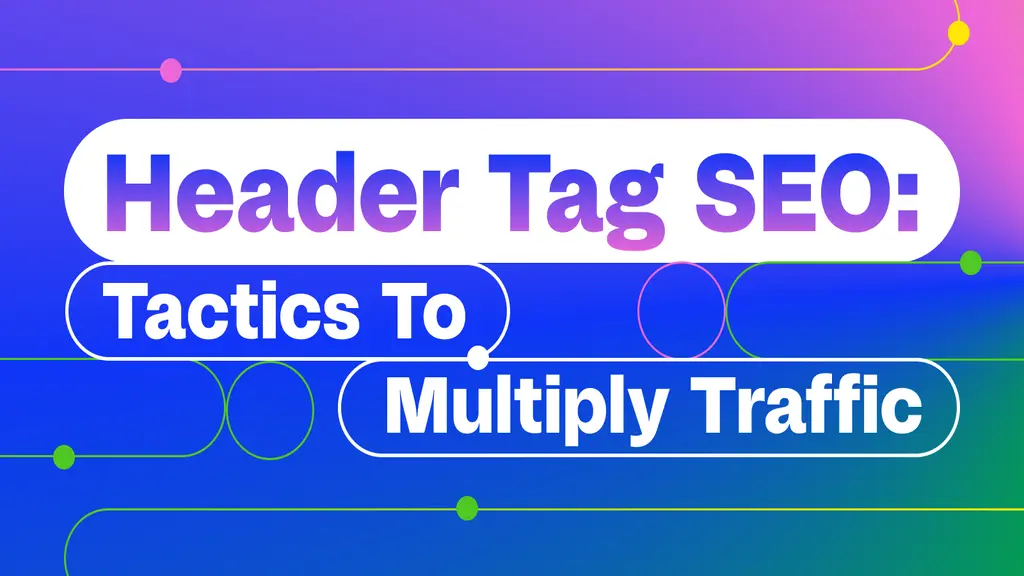

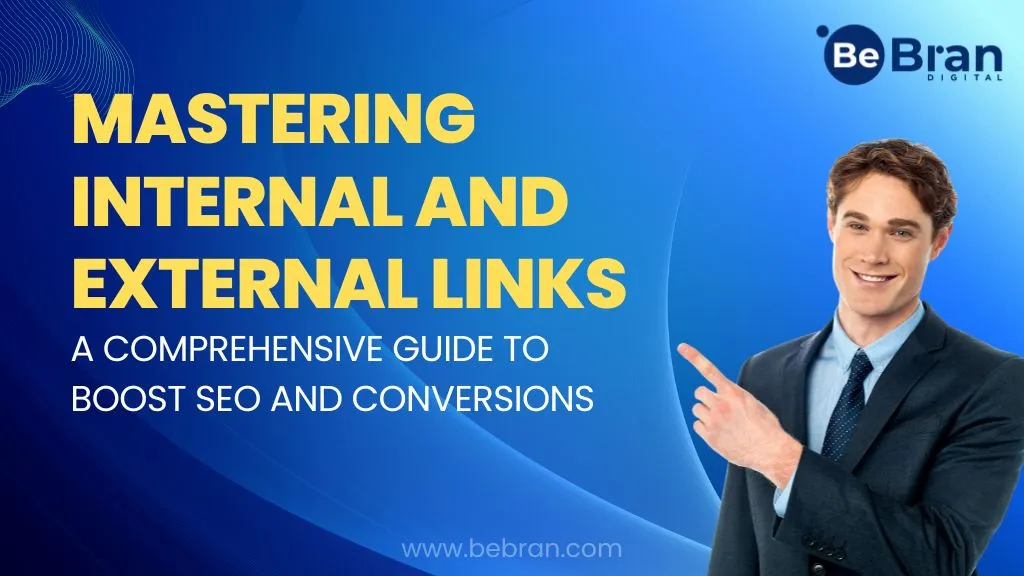










![1707475220 Bebran[1]](https://bebran.com/public/uploads/1709129094_1707475220_bebran[1].webp)

![1707475220 Bebran[1]](https://bebran.com/public/uploads/1709132759_1707475220_bebran[1].webp)

![1707475220 Bebran[1]](https://bebran.com/public/uploads/1709133996_1707475220_bebran[1].webp)

![1707475220 Bebran[1]](https://bebran.com/public/uploads/1709135250_1707475220_bebran[1].webp)

![1707475220 Bebran[1]](https://bebran.com/public/uploads/1709135874_1707475220_bebran[1].webp)

![1707475220 Bebran[1]](https://bebran.com/public/uploads/1709136770_1707475220_bebran[1].webp)







![1707475220 Bebran[1]](https://bebran.com/public/uploads/1709188948_1707475220_bebran[1].webp)

![1707475220 Bebran[1]](https://bebran.com/public/uploads/1709190426_1707475220_bebran[1].webp)












